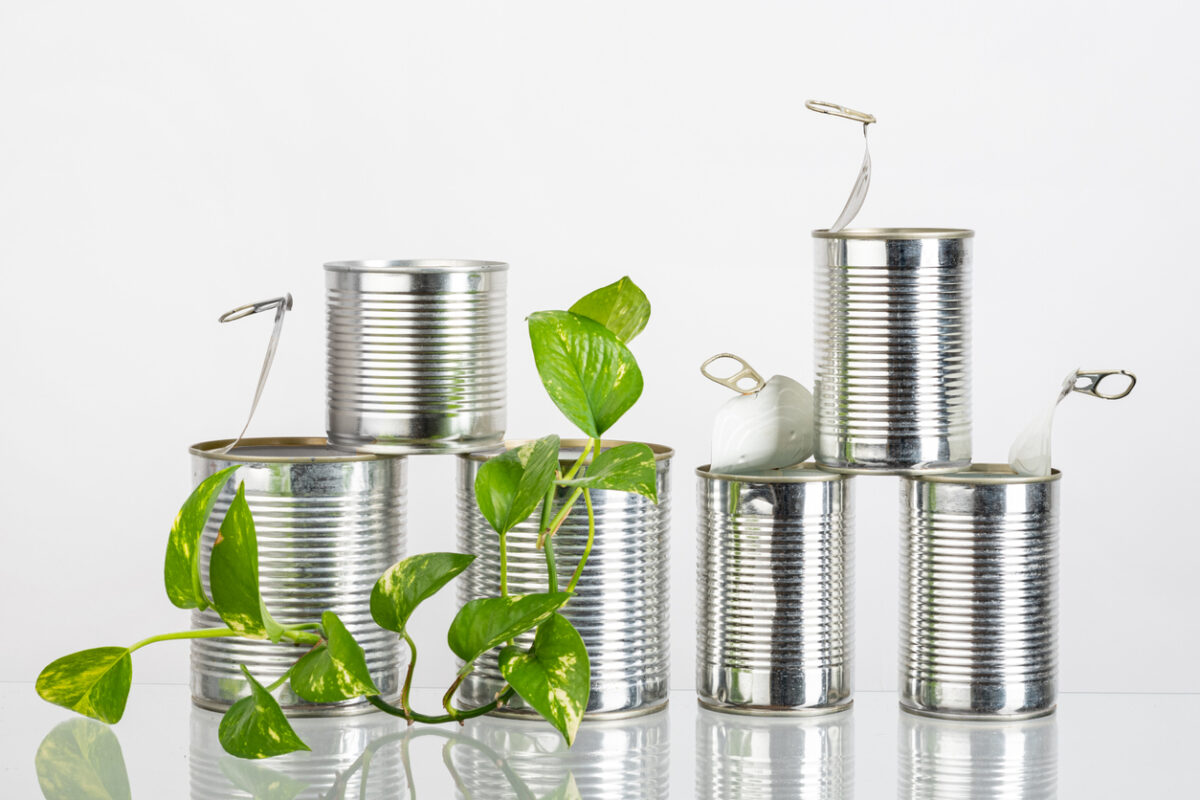In recent years, the global conversation surrounding plastic pollution has intensified, prompting consumers, businesses, and governments to seek viable alternatives. As we grapple with the environmental consequences of plastic waste, it becomes imperative to explore what we can use instead of plastic. This article delves into various innovative materials and practices that can replace plastic in our daily lives, focusing on sustainability, functionality, and environmental impact.
Understanding the Plastic Crisis
Before we explore alternatives, it’s crucial to understand the scope of the plastic crisis. According to the United Nations, approximately 300 million tons of plastic are produced each year, with a significant portion ending up in oceans, landfills, and natural habitats. This not only threatens wildlife but also poses risks to human health through microplastics entering the food chain. The urgency to find alternatives is not just a trend; it is a necessity for the survival of our planet.
- Bioplastics: A Step Towards Sustainability
Bioplastics, derived from renewable biomass sources such as corn starch, sugarcane, and potato starch, offer a promising alternative to conventional plastics. Unlike traditional plastics, which can take hundreds of years to decompose, bioplastics can break down more quickly under the right conditions.
Types of Bioplastics:
- PLA (Polylactic Acid): Commonly used in packaging and disposable cutlery, PLA is compostable and derived from fermented plant starch.
- PHA (Polyhydroxyalkanoates): Produced by microorganisms, PHA is biodegradable and can be used in various applications, from packaging to medical devices.
While bioplastics are not a panacea, they represent a significant step towards reducing our reliance on fossil fuels and minimizing plastic waste.
- Natural Fibers: The Power of Nature
Natural fibers such as cotton, jute, hemp, and bamboo are excellent alternatives to plastic in various applications, particularly in textiles and packaging. These materials are biodegradable and often require fewer resources to produce compared to synthetic fibers.
Applications:
- Textiles: Brands are increasingly using organic cotton and hemp to create sustainable clothing lines that reduce plastic pollution.
- Packaging: Jute and bamboo can be used for bags and containers, offering a biodegradable option for consumers.
Natural fibers not only reduce plastic usage but also promote sustainable agricultural practices, contributing to a circular economy.
- Glass and Metal: Durable and Reusable
Glass and metal are two of the most effective alternatives to single-use plastics, particularly in food and beverage packaging. Both materials are highly durable, recyclable, and do not leach harmful chemicals into food or drinks.
Benefits:
- Glass: Completely recyclable and can be reused indefinitely without loss of quality. It is ideal for beverages, food storage, and cosmetics.
- Metal: Aluminum and stainless steel are lightweight, durable, and can be used for water bottles, food containers, and straws.
By choosing glass and metal, consumers can significantly reduce their plastic footprint while supporting recycling initiatives.
- Innovative Materials: The Future of Alternatives
The search for alternatives to plastic has spurred innovation in material science. Several companies are developing groundbreaking materials that mimic the properties of plastic while being environmentally friendly.
Examples:
- Mushroom Packaging: Made from mycelium, this biodegradable material can replace Styrofoam in packaging.
- Seaweed-Based Products: Seaweed can be processed into films and containers that are compostable and edible, providing a unique solution for food packaging.
- Paper and Cardboard: Enhanced with coatings that make them water-resistant, these materials can replace plastic in various applications, from food containers to straws.
- Behavioral Change: The Key to Success
While exploring alternatives is essential, changing consumer behavior is equally important. Encouraging practices such as reusing, recycling, and reducing consumption can significantly impact plastic waste. Initiatives like refill stations, zero-waste stores, and community clean-up events can foster a culture of sustainability.
Conclusion: A Collective Responsibility
Transitioning away from plastic requires a multifaceted approach involving innovation, consumer education, and policy changes. By embracing alternatives such as bioplastics, natural fibers, glass, metal, and innovative materials, we can collectively work towards a more sustainable future. The responsibility lies not only with manufacturers and policymakers but also with consumers who can drive demand for eco-friendly products.


